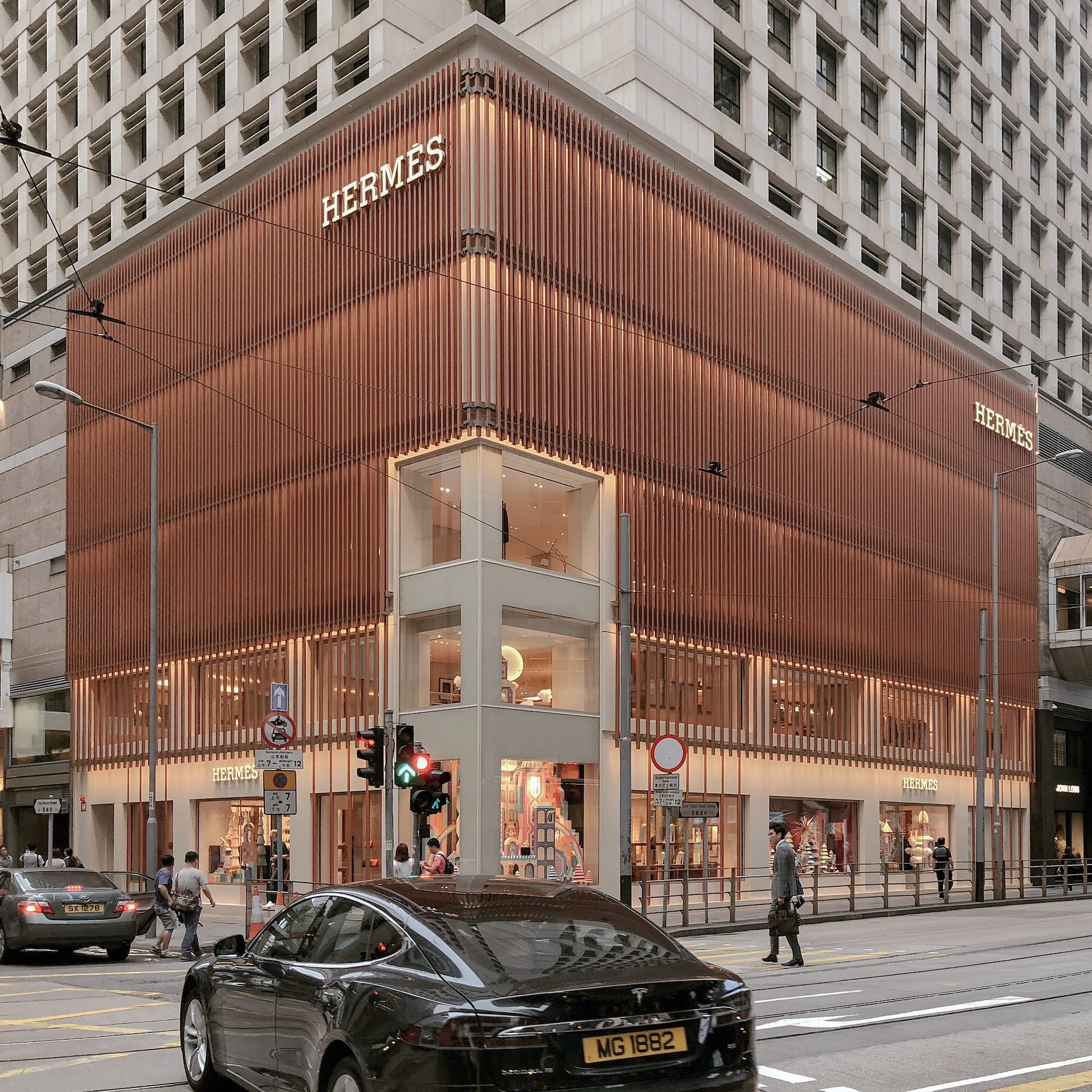When it comes to British fashion, one name that immediately comes to mind is Burberry. The brand is renowned for its distinct check pattern, which has become synonymous with the label’s heritage and quality craftsmanship. In this article, we will take a closer look at the history behind the iconic Burberry check and its significance in the fashion world.
The Origins of the Burberry Check
The Burberry check was first introduced in the 1920s and was initially used as a lining for the brand’s trench coats. The design was created by Thomas Burberry, the founder of the label, and was inspired by the tartan patterns used by Scottish clans. The check was made up of a camel, black, red, and white color scheme and was registered as a trademark in 1924.
Over the years, the Burberry check has been modified and updated, but it has always remained a core element of the brand’s aesthetic. Today, it is used on everything from handbags and scarves to shirts and dresses, and it has become one of the most recognizable patterns in the fashion world.
The Significance of the Burberry Check
The Burberry check is more than just a design; it is a symbol of quality and craftsmanship. The pattern itself is a representation of the brand’s commitment to excellence and attention to detail. It has become an iconic symbol of British fashion and is recognized worldwide.
Burberry’s trench coats are a testament to the brand’s heritage. The check that lines the interior of each coat is not only a nod to the brand’s origins, but also a functional feature that provides extra warmth and comfort. These coats have been worn by everyone from royalty to Hollywood celebrities, cementing their status as a classic piece of British fashion.
While the check has become a recognizable symbol of Burberry’s quality, it has also been a topic of controversy. Some people purchase Burberry items simply for the logo and pattern, rather than for the quality of the product itself. This has led to the check being associated with a certain subculture in the UK, which has been labeled as “chavs”. Despite this controversy, Burberry’s commitment to quality and craftsmanship remains unwavering.
Burberry’s Approach to Sustainability
In recent years, Burberry has faced criticism over its environmental impact and sustainability practices. Critics have argued that the brand has not done enough to mitigate its carbon footprint and reduce waste. However, Burberry has taken significant steps to address these concerns and improve its sustainability practices.
One such step is the announcement of a plan to eliminate all unnecessary plastic packaging by 2025. This is a major undertaking that will require significant changes to Burberry’s supply chain and operations. The brand is committed to working with suppliers and partners to find innovative solutions that reduce waste and improve sustainability.
In addition, Burberry has launched a program called ReBurberry, which aims to reduce waste by recycling and repurposing unsold products. This initiative is an important part of the brand’s commitment to circular fashion and reducing its environmental impact. Burberry has also committed to sourcing 100% of its cotton from sustainable sources by 2022. This is another significant step that will require the brand to work closely with suppliers and partners to ensure that sustainable cotton is used throughout its supply chain.
Overall, Burberry’s efforts to improve its sustainability practices are commendable. While there is still work to be done, the brand’s commitment to reducing waste, improving sourcing practices, and addressing its environmental impact is a step in the right direction.
Conclusion
The Burberry check has become an iconic symbol of British fashion, representing quality, craftsmanship, and heritage. While the pattern has faced controversy over the years, it remains a popular choice among fashion-conscious consumers. With Burberry’s commitment to sustainability, the brand is poised to continue its legacy as a leader in the fashion industry for generations to come.



